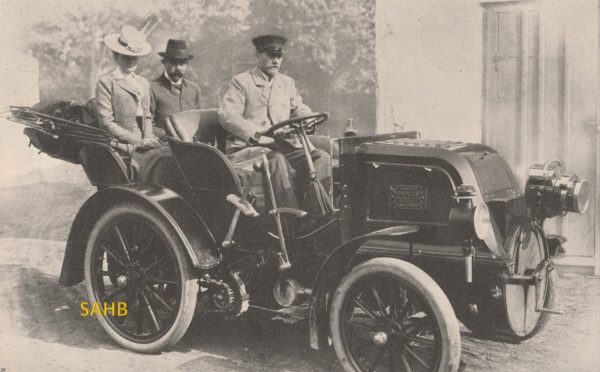
On 28th June 1914, in the city of Sarajevo, Archduke Franz Ferdinand and his wife Sophie, Duchess of Hohenberg, were assassinated by Gavrilo Princip, a Bosnian Serb member of Young Bosnia, an organisation seeking an end to Austro-Hungarian rule in Bosnia and Herzegovina, thus precipitating a chain of events that would lead to the outbreak of World War I.
Our Snapshot depicts the same couple in happier times. The picture appeared in the Austrian Automobile Club’s official magazine, the Allgemeine Automobil-Zeitung, in 1901 but was reproduced, surrounded understandably by a respectful black border, in the 5th July 1914 issue of the same publication. Among reports of the results of the 1914 Austrian Alpine Trial just completed on 23rd June were four pages of tribute to the much-loved couple. One of those pages contained this poignant image.
The car is difficult to identify. It is without question a Daimler Phoenix of the type built in Cannstatt in the outskirts of Stuttgart from 1897 up to 1903 when a fire destroyed the factory and production moved to Untertürkheim.
But the driver is Josef Eduard Bierenz – which makes it likely that this is a very early Austro-Daimler, built under licence in Wiener-Neustadt. In 1890, This pioneer of Austrian motoring opened an office in Vienna 1 at Bösendorferstraße 6, to represent the Cannstatt Daimler marque. Bierenz was a shareholder with his colleague Fischer in an engineering factory that became the Oesterreichische Daimler-Motoren-Commanditgesellschaft Bierenz Fischer u. Co, a subsidiary that thus made Daimler the first automotive multinational in history. At some time in the 1890s, with the imported cars selling well, Bierenz started to manufacture the cars under licence at the factory – and it is possible that our Snapshot shows one of them. Indeed, for this posed photograph of the heir presumptive to the Austro-Hungarian throne and his morganatic wife the Princess of Hohenberg (only given the more senior title of Duchess of Hohenberg in 1909) it is likely that Bierenz would have chosen a car built in Vienna rather than one imported from Germany – but that cannot be confirmed nearly 120 years after the event.
The model of car is also open to question: at this time, Daimler were building front-engined road cars with 4hp twin-cylinder and 6hp 4-cylinder engines – and racing cars rated up to 24hp. Perhaps others with more knowledge of these cars can narrow it down.
There is one final curiosity about this picture. Franz Ferdinand fell deeply in love with Sophie but there was a problem. She was descended from Habsburgs but was not a member of one of the reigning or formerly reigning dynasties of Europe – a prerequisite for marriage into the imperial House of Habsburg. The emperor finally relented, but on condition that the marriage would be morganatic and that any descendants would not have succession rights to the throne. This meant that Sophie would not share her husband’s rank, title, precedence, or privileges and would not normally appear in public beside him. But here she is, flouting in some small way that piece of protocol. The Daimler may have been noble, but perhaps in this case it was also a little bit egalitarian.
Picture courtesy of the Richard Roberts Archive
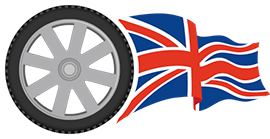


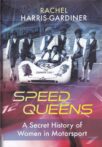
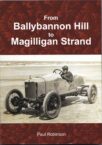
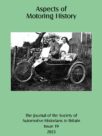
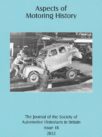
Leave a Comment